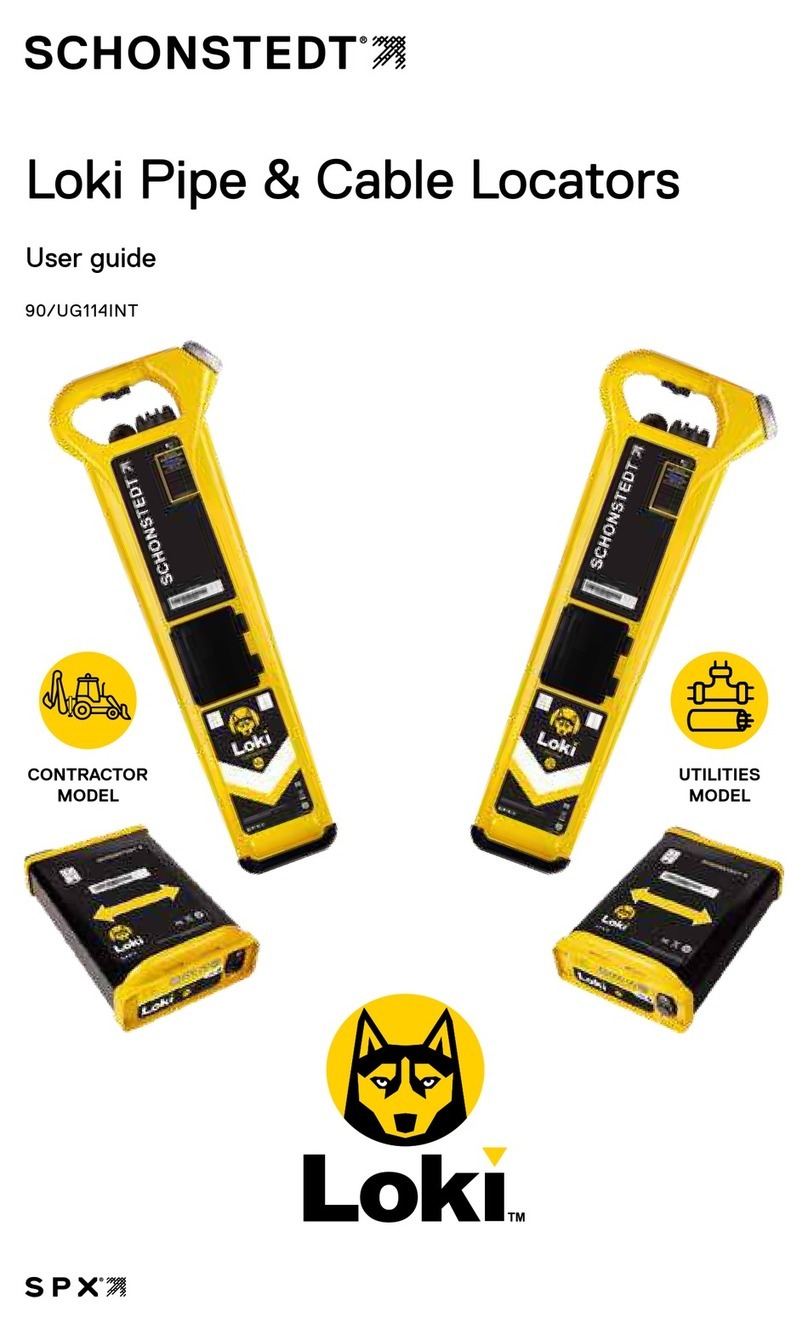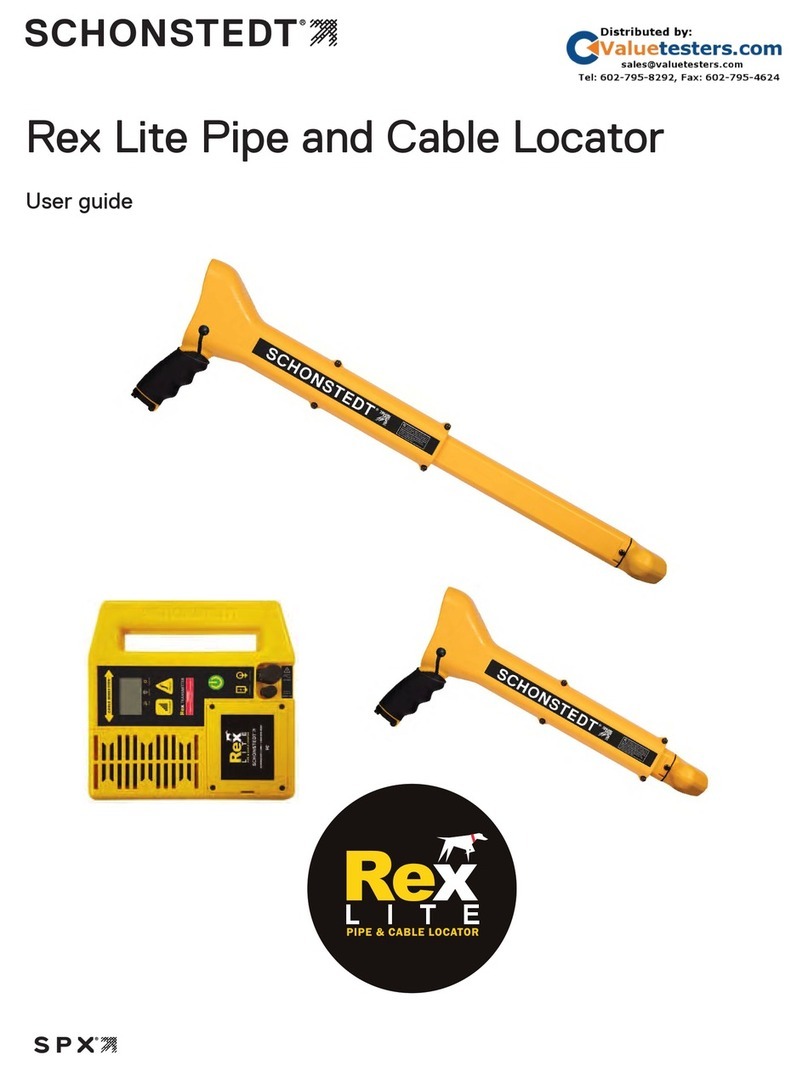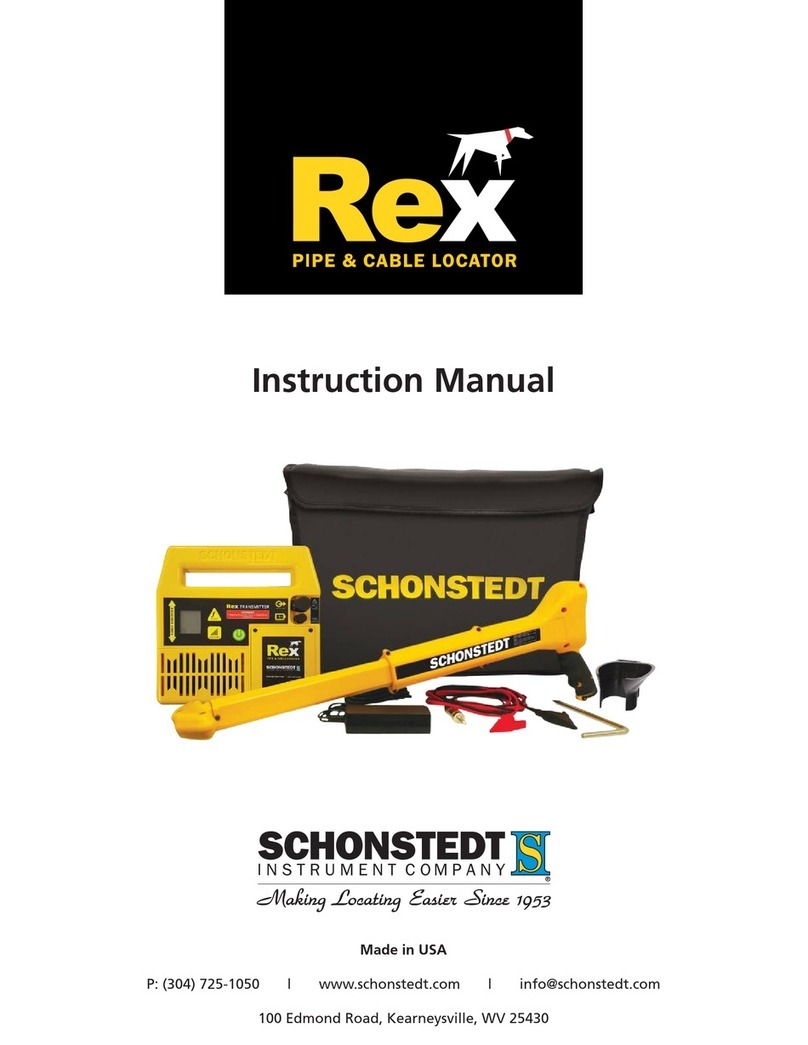
Page | 3
Table of Contents
Chapter 1: Introduction ...................................................................................................... 4
Chapter 2: Operating Instructions ..................................................................................... 6
Operating Controls .................................................................................................... 7
Signal Strength .......................................................................................................... 8
Battery Level ............................................................................................................. 8
Replacing the Battery ................................................................................................. 8
Chapter 3: Operating Recommendations and Application Notes.........…………………..9
Search Procedure .................................................................................................... 10
Basic Signal Patterns ............................................................................................... 10
Strongly Magnetized Markers ................................................................................... 12
Correct Stake Orientation ......................................................................................... 12
Locating Manholes, Septic Tanks and Well Casings................................................. 13
Locating and Tracing Barbed Wire ........................................................................... 14
Searching Areas along a Chain Link Fence.............................................................. 14
Locating Valve Boxes ............................................................................................... 15
Locating Cast-Iron Pipes .......................................................................................... 16
Locating Steel Drums ............................................................................................... 17
Additional Notes ....................................................................................................... 17
Chapter 4: Specifications and Regulatory Compliance................................................. 18
Specifications ........................................................................................................... 19
Regulatory Compliance and Declaration of Conformity............................................. 20
Chapter 5: Technical Support/Service Information........................................................ 21
Chapter 6: Warranty......................................................................................................... 23































